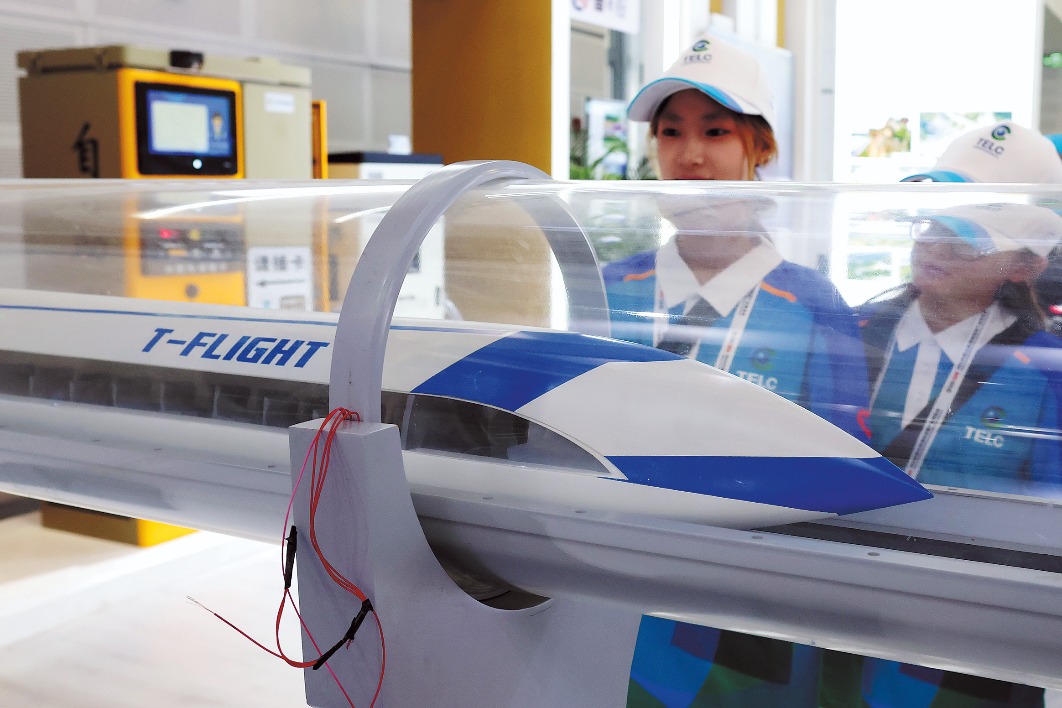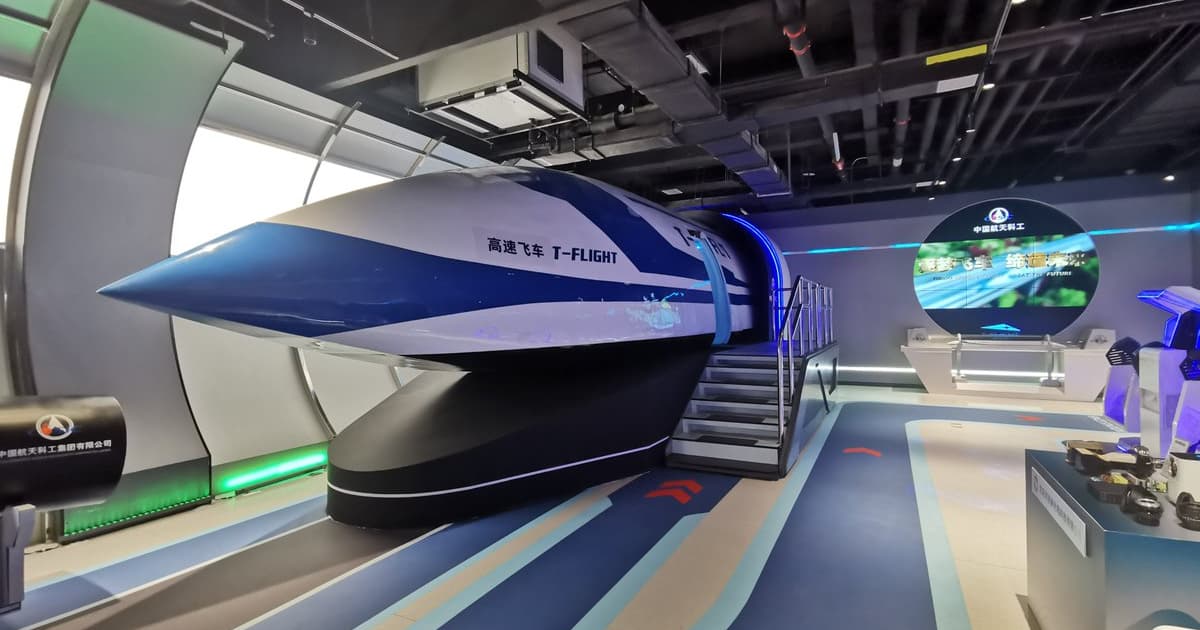Strategic Overview - The Revolution is Clear: "We Have Three Years to Act" - December 15, 2025
In this episode, Mike Steger delves into the recently released National Security Strategy by President Trump, outlining its implications for
In today's report: maglev hearts and rails, supersonic airliners, the Boeing strike, the Webb Telescope images the edge of our galaxy, and Trump's initiatives presented in New York.

In July, the first patient-volunteer received an implanted artificial heart with only one moving part—the impeller—which is suspended by magnetic levitation and touches nothing but blood. The patient was the first of five to receive the BiVACOR Total Artificial Heart as a bridge device to keep patients alive while waiting for suitable human hearts to become available. The patient lived with the device for 8 days until a transplant became possible. He has been in good health since receiving his transplanted human heart. The test program is being carried out at the Texas Heart Institute of the Texas Medical Center in Houston.


By placing their superconducting maglev test vehicle inside a 2-kilometer low vacuum tube, the Institute of Maglev and Electromagnetic Propulsion of China Aerospace Science and Industry Corporation succeeded in reaching a speed of about 621 kph, exceeding the long-standing Japanese superconducting maglev record of 603 kph. It should be expected that by lengthening the test tube, the Chinese should be able to reach their initial goal of 1,000 kph. That would exceed the speed at which typical jet airliners travel. They ultimately aim for 4,000 kph. As America considers development of high speed rail systems, systems within evacuated tubes should be put at the top of the list of candidate technologies. [Note that the headline of the New Atlas article, referenced below, mistakenly lists the speed as 621 mph instead of 621 kph.]


Get our free newsletter. Zero Spam.